Life
Sign up for our newsletter
We summarize the week's scientific breakthroughs every Thursday.
-
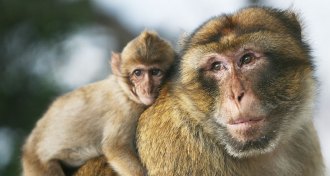 Anthropology
Anthropology‘Monkeytalk’ invites readers into the complex social world of monkeys
In Monkeytalk, a primatologist evaluates what’s known about monkeys’ complex social lives in the wild.
By Bruce Bower -
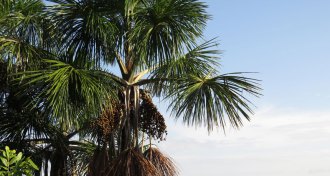 Ecosystems
EcosystemsIf you think the Amazon jungle is completely wild, think again
Ancient Amazonians partly or fully domesticated fruit and nut trees that still dominate some forests.
By Bruce Bower -
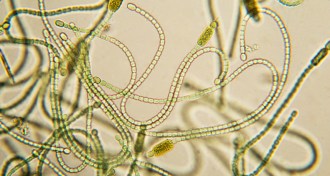 Life
LifeOrigin of photosynthesis may go further back than estimates from 50 years ago
Analyzing ancient rocks has helped push back the date when photosynthetic organisms first emerged by nearly a billion years.
-
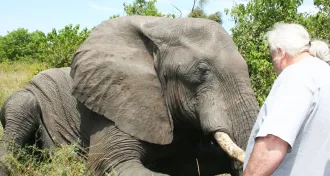 Animals
AnimalsWild elephants clock shortest shut-eye recorded for mammals
Among mammals, wild elephants may need the least amount of sleep, new measurements suggest.
By Susan Milius -
 Paleontology
PaleontologyOldest microfossils suggest life thrived on Earth about 4 billion years ago
A new claim for the oldest microfossils on Earth suggests that life may have originated in hydrothermal vents, but some scientists have doubts.
By Meghan Rosen -
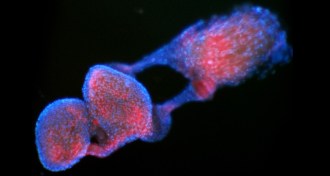 Life
LifeBacteria genes offer new strategy for sterilizing mosquitoes
Two genes in Wolbachia bacteria could be used to sterilize mosquitoes that transmit Zika.
-
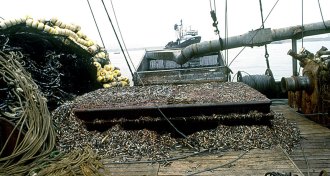 Environment
EnvironmentMost fish turned into fishmeal are species that we could be eating
Millions of tons of food-grade fish are turned into fishmeal for aquaculture and agriculture.
-
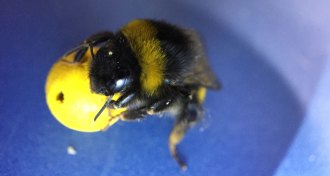 Animals
AnimalsScore! Bumblebees see how to sink ball in goal, then do it better
A first lesson in six-legged soccer tests bumblebees’ ability to learn.
By Susan Milius -
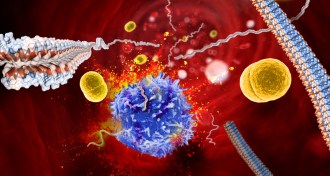 Life
LifeBacteria’s amyloids display surprising structure
Protein clusters made by Staphylococcus aureus bacteria have a surprising new structure.
-
 Genetics
GeneticsHuman genes often best Neandertal ones in brain, testes
Differing activity of human and Neandertal versions of genes may help explain health risks.
-
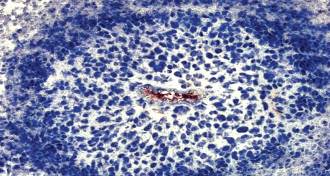 Health & Medicine
Health & MedicineInstead of starving a cancer, researchers go after its defenses
There may be ways to block tumors from adapting and outrunning the body’s defenses.
By Laura Beil -
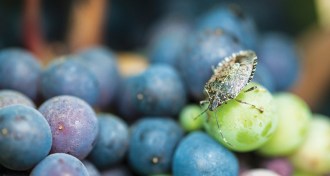 Animals
AnimalsToo many stinkbugs spoil the wine
Stinkbugs can ruin wine if enough are accidentally processed alive with the grapes. Three or fewer stinkbugs per grape cluster don’t have a noticeable effect on red wine.